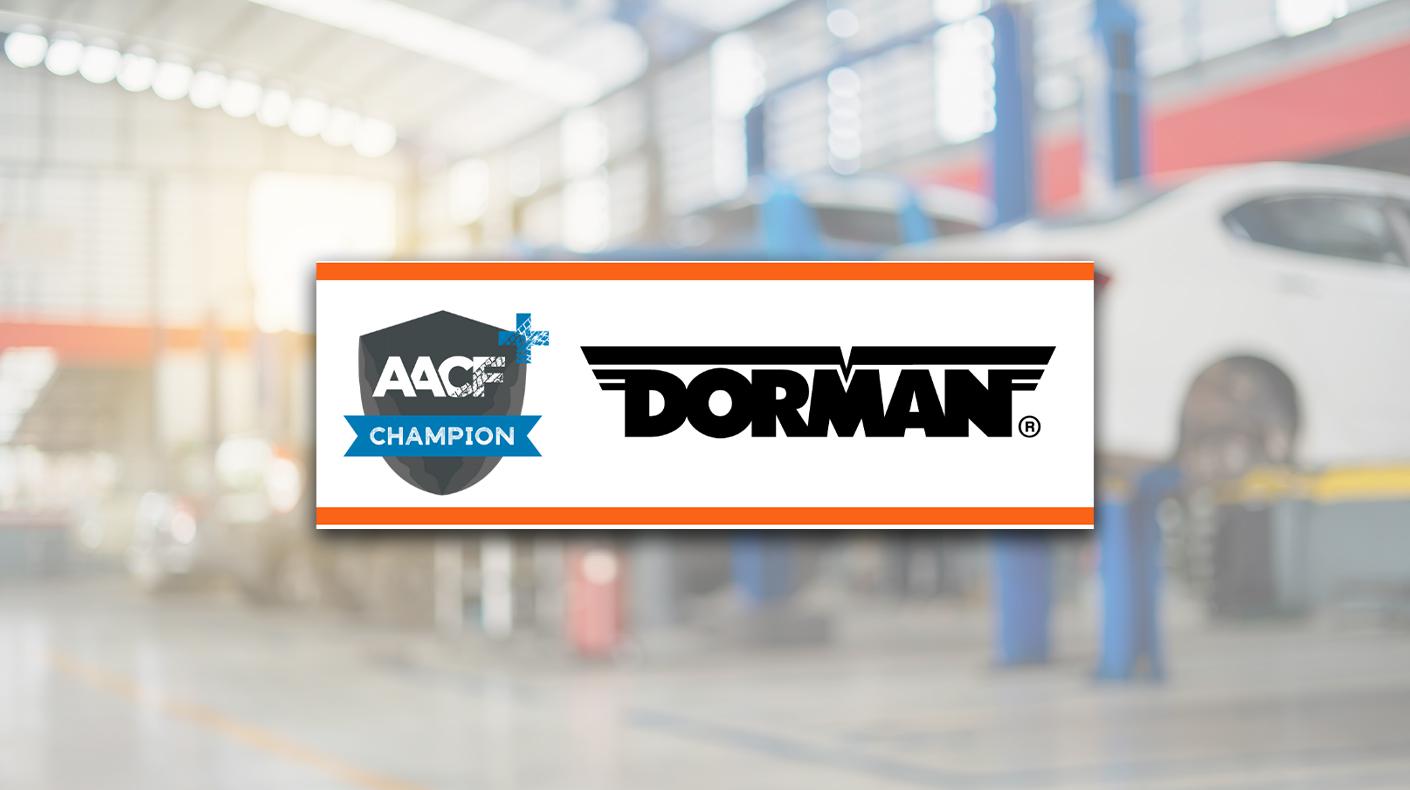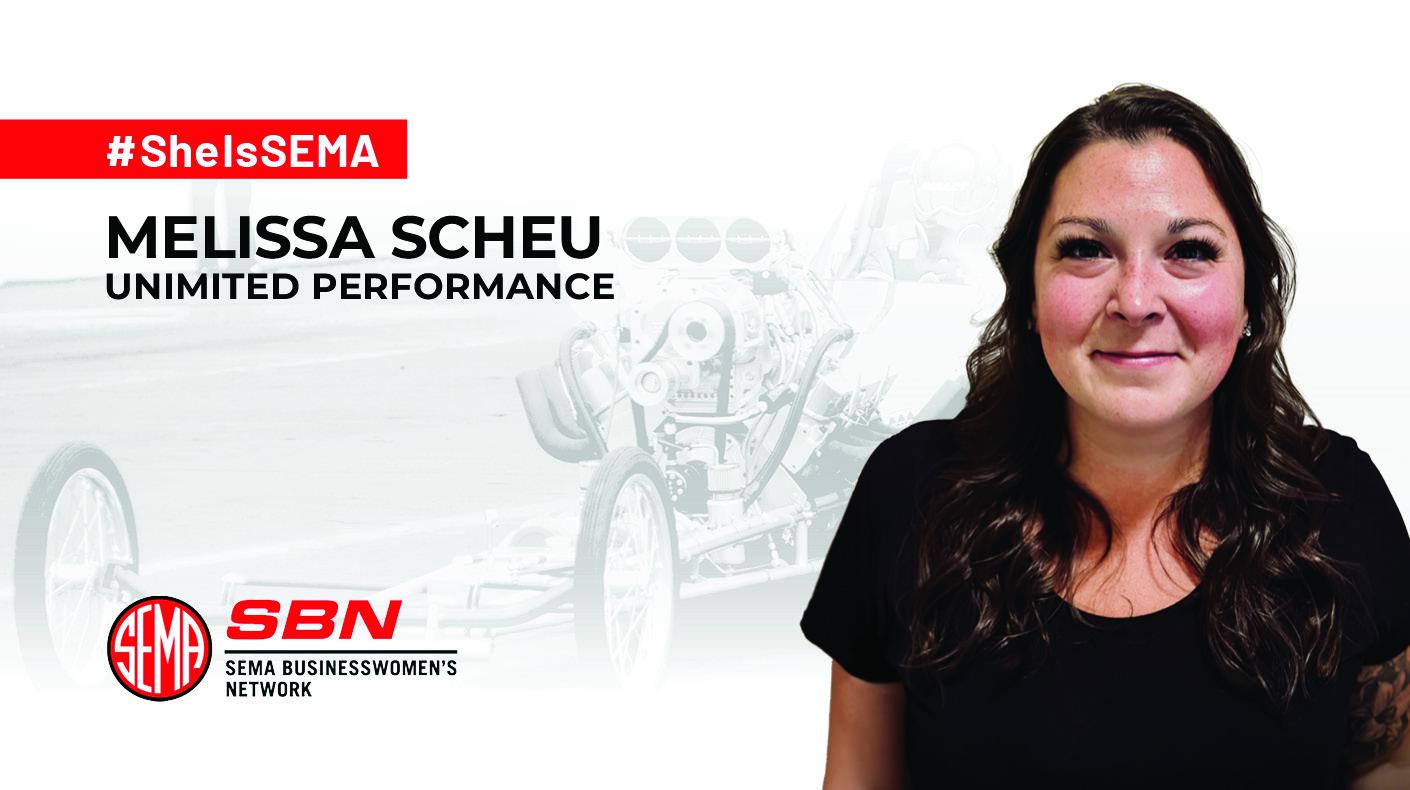Consumers are feeling a little more confident about spending money on their vehicles, according to new SEMA research data. Despite a substantial drop in January, SEMA's Performance Parts and Accessories Demand Index (PADI), a gauge of consumer interest in vehicle customization, gained 27 points (50%), jumping from 54 to 81 in February. Currently 22% of adult American drivers (more than 22 million households) intend to purchase specialty equipment in the next three months.

The charts below show both the index values (black line, values on the left of graph) and the percentage of consumers that plan to purchase specialty equipment in the next three months (blue-dashed line, values on the right of graph).
Methodology
Although similar to economic indexes, the SEMA PADI is not designed to report past activity, but rather consumer expectations of future specialty-equipment purchases. The indices track consumer plans to purchase performance parts and/or accessories within the next three months after each respective survey. This helps provide a rough forecast for demand of specialty equipment in the near future.
The PADI, and each of the three sub-indices, is a weighted composite index computed relative to its own baseline value, calculated by taking an average of January through March 2007 raw percentages. This average is then set to 100, and each month’s index is computed relative to the change from its baseline. The indices and their movements are projectable to the national market for specialty-equipment products, which consists of more than 114 million U.S. households.
SEMA has contracted with market research firm TechnoMetrica to gather the data used in building and maintaining the PADI. Each month TechnoMetrica uses a random digit dial telephone survey to collect the data in order to provide a nationally representative sample of U.S. consumers. Responses typically total between 850 and 1,000 in any given month. The margin of error is normally within the plus or minus 3%–4% range.
Although the PADI is not a precise measure of absolute future purchasing activity, it is nonetheless a tool for understanding and predicting industry sales. There are two ways of interpreting the PADI. First, its "direction," whether the index is rising or falling. Second, the values themselves provide a guide as to the degree of change in consumer expectations for purchasing industry products.
PADI In-Depth
By product segment, wheels/tires/suspension components were the most popular specialty-equipment products consumers were likely to purchase (8% or about 8 million households), followed by racing and performance products (7% or about 7 million households) and accessory/appearance products (5% or about 5 million households). Looking at how this translates to index values for each segment, wheels/tires/suspension products dipped down to 39:

Accessory/appearance products fell to 61: 
Racing and performance jumped to a reading of 76.

Over the last three months on average, midsize cars (20%) and pickups (19%) were the most common target vehicles for personalization, followed by fullsize cars (16%) and large SUVs (13%). While it may be shocking to consider that consumers want to customize SUVs during times of rising gas prices, the increase in plans to buy performance parts coincides with the idea that these drivers desire improvements in fuel economy, which parts like air intakes, throttle bodies and tuned ECUs can offer for the SUVs purchased when gas prices drained less of their wallets.
Over the last three months on average, car dealerships and chain auto parts stores were the most popular places to buy parts and accessories (22% of consumers bought from one of the two), followed by independent parts stores (16%) and performance specialty shops (11%). Mainstream consumers still prefer to accessorize their vehicles at dealerships. In fact, sales of specialty equipment at the dealership level have grown by 11% per year on average since 2004.
When specialty-equipment buyers were asked in January what form their vehicle would take after customization, the most common answer was “general personalization” or restyling (49%), followed distantly by “restoration” (13%), “street performance” (10%) and “compact performance” (8%). One of the most common reasons consumers say they customize their vehicles is to differentiate them from the other similar ones on the road. Mainstream consumers often associate this with simply restyling their vehicle.
Several factors contribute to fluctuations in mainstream demand for specialty-equipment parts and accessories. Economic optimism improved in February, picking up 1.3 points (3%) to reach 44.5, as noted by Technometrica’s TIPP Economic Optimism Index. This monthly economic survey—sent to consumers in order to gauge their attitudes toward economic prosperity—saw a steady decline in consumer confidence in 2007, but is slowly rebounding to a more optimistic level.
As we can see from the jumps in all three subsegments of the PADI, consumers are now feeling the itch to spend money on their vehicles. Part of this could result from consumers holding on to their vehicles longer and thinking more about enhancing the styling and performance of their aging vehicles. 
Source: SEMA Research & Information Center





